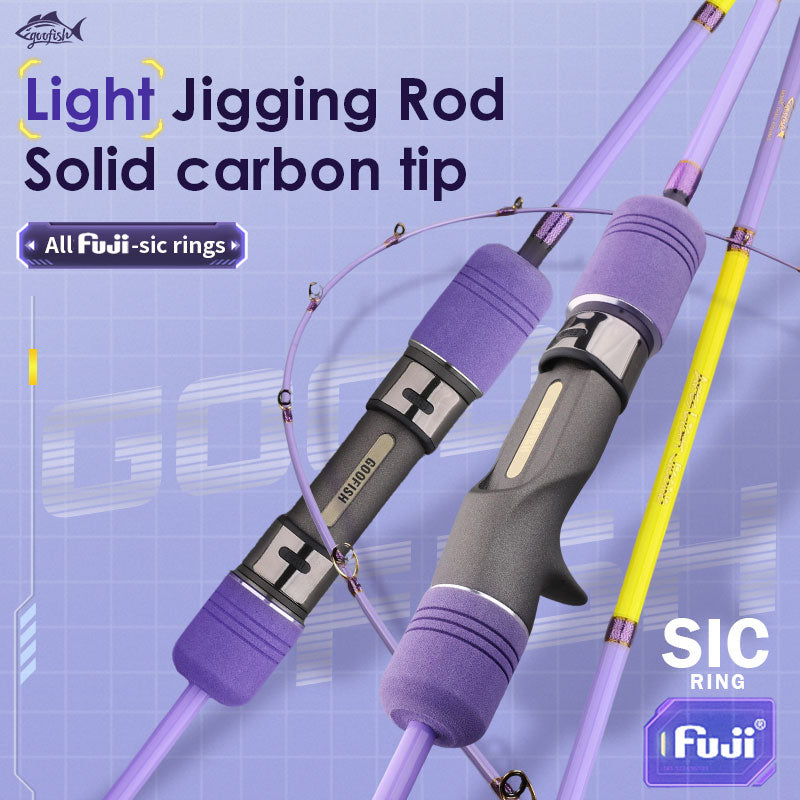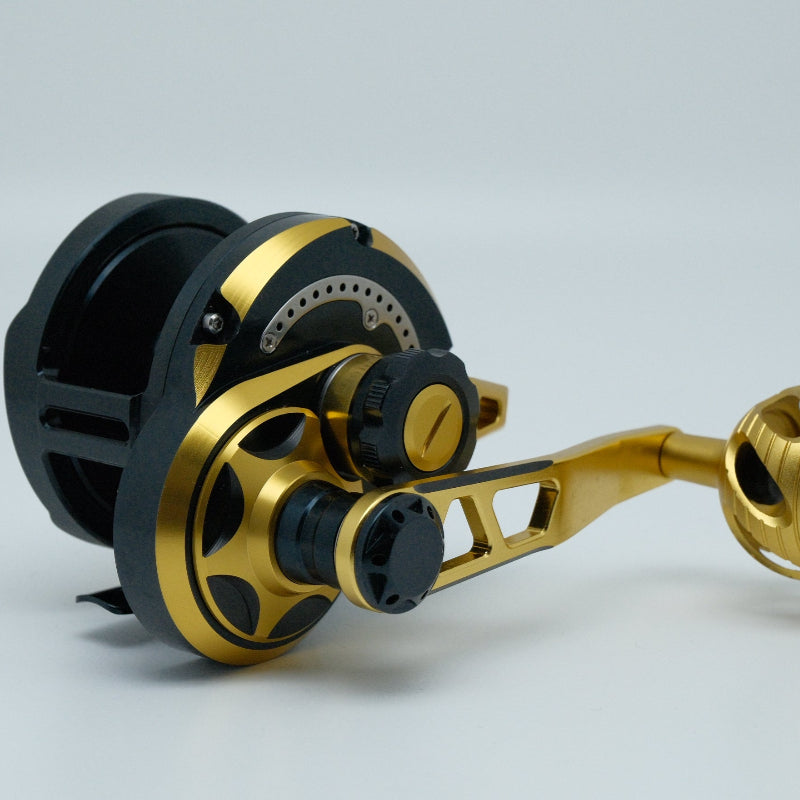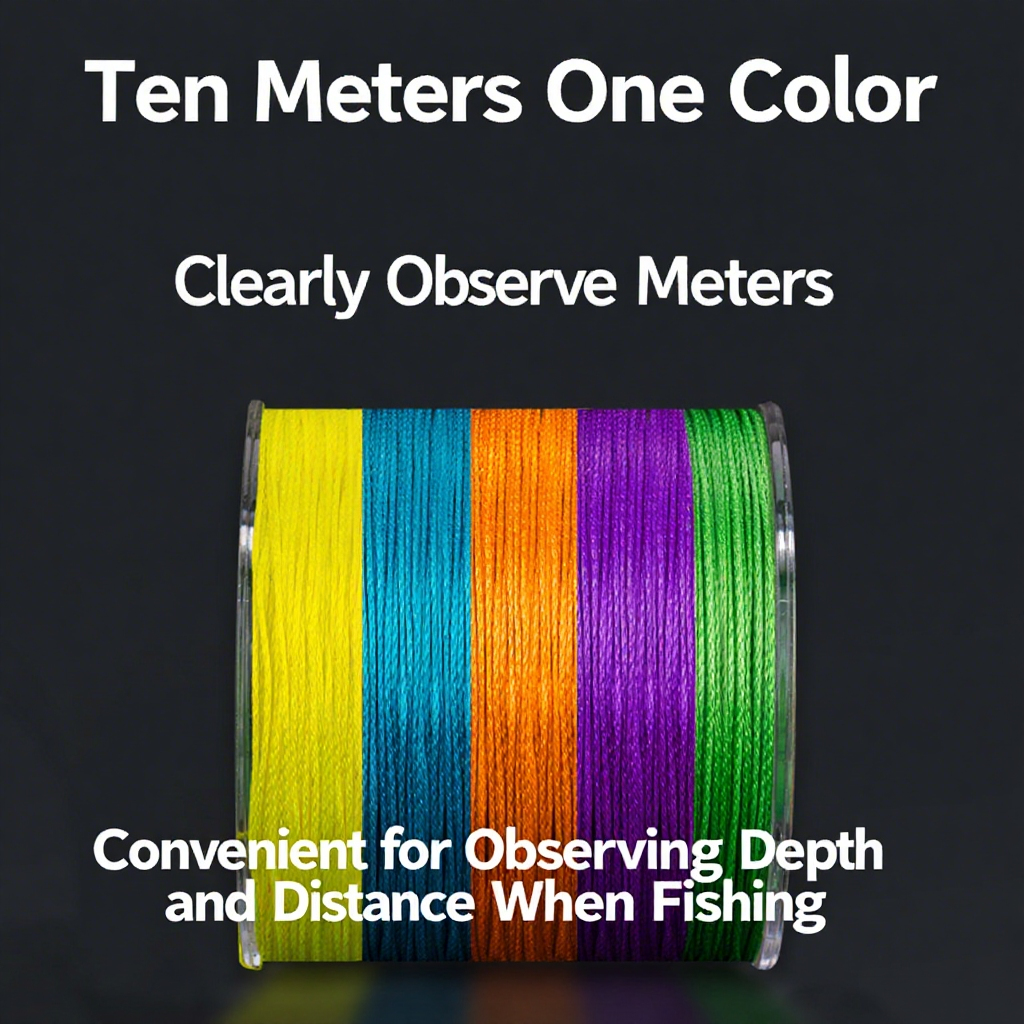Title: Archaeology of the Fishing Rod: From Hemudu Bone Hooks to Carbon Fiber Poles—A History of Humanity Taming Water
Meta Description:
Dive into the evolution of fishing technology—from 7,000-year-old Hemudu bone hooks to cutting-edge carbon fiber poles. Explore how fishing rods and reels transformed human interaction with water, and discover how modern innovations like saltwater fishing reels and bass-specific gear continue to shape this ancient tradition.
Introduction: A 7,000-Year Journey of Taming the Waters
For millennia, fishing has been more than a means of survival—it’s a story of human ingenuity, adaptation, and our enduring connection to the water. The archaeology of the fishing rod reveals a timeline where primitive tools like the Hemudu bone hooks (unearthed in Zhejiang, China, dating back to 5300 BCE) gave way to today’s high-tech marvels, such as carbon fiber fishing poles and precision-engineered spinning reels for bass. This evolution mirrors humanity’s quest to harness nature’s resources while honoring the art of angling.
1. Ancient Origins: From Bone and Bamboo to Bronze and Beyond
The earliest evidence of fishing tools emerges from the Neolithic Hemudu culture, where archaeologists found intricately carved bone hooks alongside fishing lines made from plant fibers. These primitive yet effective tools allowed early humans to target freshwater species, laying the groundwork for what would become a global tradition.
- Innovation in Materials: As civilizations advanced, so did fishing gear. Bronze Age cultures crafted hooks from metal, while ancient Egyptians and Greeks used papyrus and reeds for rods, demonstrating early mastery of local materials.
- Early Reels: A Forgotten Chapter? Though modern reels are synonymous with convenience, ancient anglers relied on simple coil-wound ropes or gourds to store line—an early precursor to today’s saltwater fishing reels, designed to withstand harsh marine environments.
2. The Industrial Revolution: Fishing Enters the Modern Era
The 19th century brought seismic changes to angling, driven by mass production and scientific innovation. Fishing rods transitioned from hand-carved wood to lightweight aluminum, while spinning reels—invented in the 1920s—revolutionized casting accuracy and ease of use. This period also saw the rise of bass fishing rod and reel combos, as anglers in North America targeted largemouth and smallmouth bass with specialized gear.
- Specialization Takes Hold: Anglers began tailoring rods to species and environments. For example, bass fishing rod and reel sets evolved with longer, flexible blanks to cast small lures and absorb fight pressure, while saltwater reels incorporated corrosion-resistant materials to handle saltwater corrosion.
- Reels as Game-Changers: The introduction of centrifugal braking systems and drag adjustments on spinning reels made landing larger fish like bass safer and more efficient, solidifying these tools as essential companions for anglers worldwide.
3. Today’s High-Tech Tools: Blending Tradition with Innovation
Modern fishing technology blends archaeology, engineering, and sustainability. Carbon fiber poles, lightweight yet incredibly strong, allow anglers to target species in remote waters—from freshwater lakes to open oceans. Meanwhile, best spinning reels for bass prioritize features like smooth drag, lightweight construction, and corrosion resistance, reflecting the demands of contemporary angling.
- Sustainability in Design: Just as the Hemudu culture reused bone and plant materials, today’s innovators prioritize eco-friendly composites and recycled plastics in reel manufacturing, ensuring future generations can enjoy the sport.
- The Rise of Recreational Fishing: Beyond subsistence, fishing has become a global pastime. Bass rod and reel combos dominate freshwater tournaments, while saltwater reels are engineered for marlin, tuna, and other iconic species, showcasing how gear evolves alongside fishing culture.
4. The Future of Fishing: Honoring the Past, Shaping the Future
As we look ahead, the archaeology of the fishing rod reminds us that every innovation builds on thousands of years of trial and error. Whether you’re casting a carbon fiber pole for trout or using a saltwater reel for bonefish, the essence of angling remains unchanged—respect for the water, curiosity about its inhabitants, and the joy of connection.
- Preserving History, Advancing Tech: Museums and archaeologists now study ancient hooks like those from Hemudu to understand early human-water interactions, even as engineers develop self-casting reels and AI-guided rods.
- A Sport for All Ages: From beginner anglers learning with basic bass rod and reel sets to pros competing with cutting-edge gear, fishing continues to unite people across cultures, proving that this “ancient tradition” is very much alive.
Conclusion: The Enduring Bond Between Human and Water
From the humble bone hook of Hemudu to the sleek carbon fiber pole of today, the history of the fishing rod is a testament to human resilience and creativity. Each reel, each blank, each line tells a story of adaptation—of learning to work with water, not against it. As we embrace modern innovations like best spinning reels for bass or saltwater fishing reels, let’s remember the roots of this tradition: a timeless fascination with the mysteries beneath the surface, and the quiet thrill of waiting for the next bite.











Leave a comment